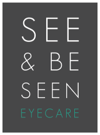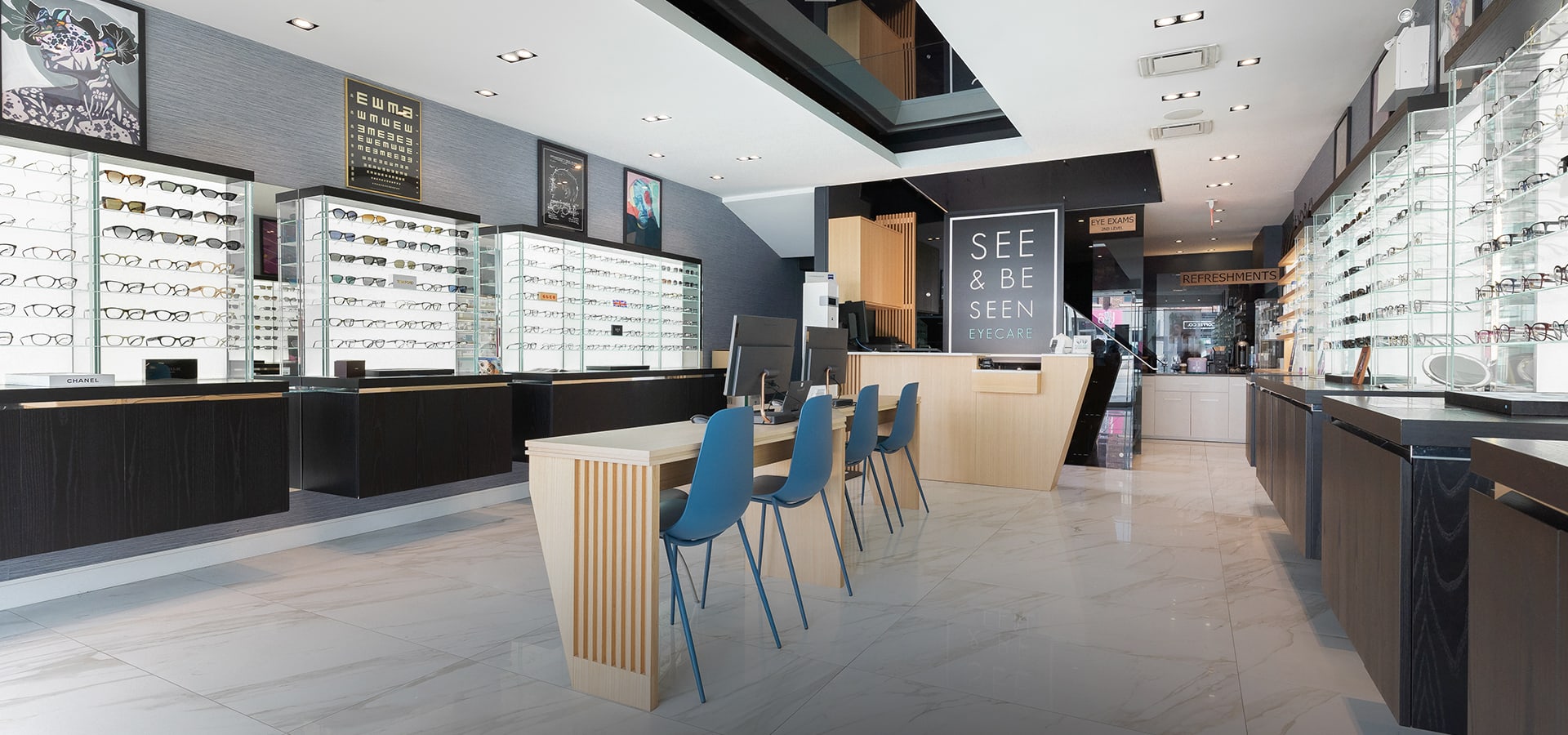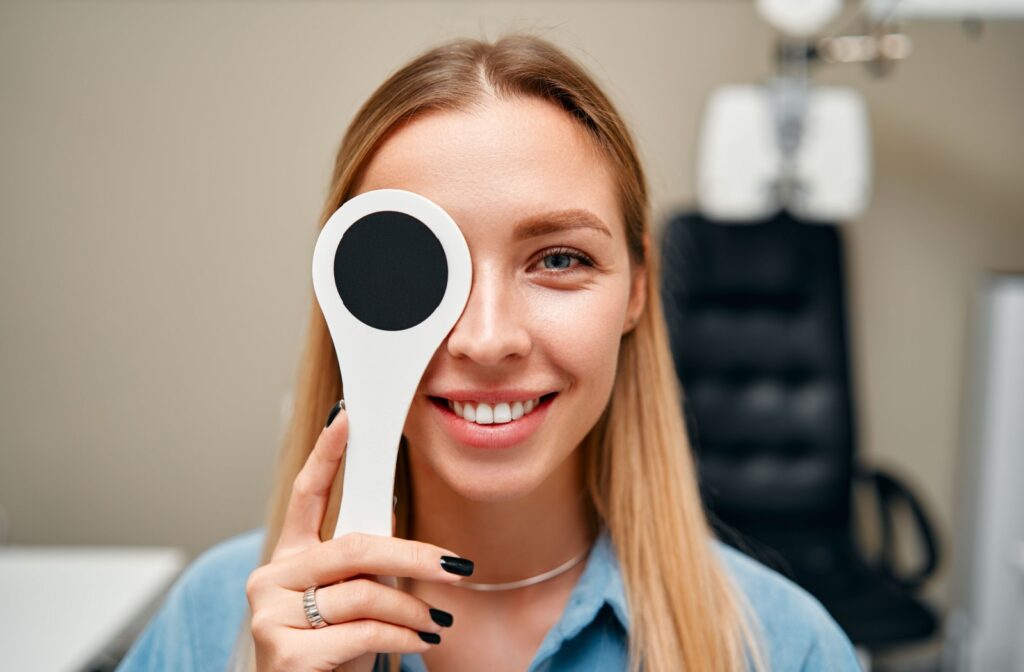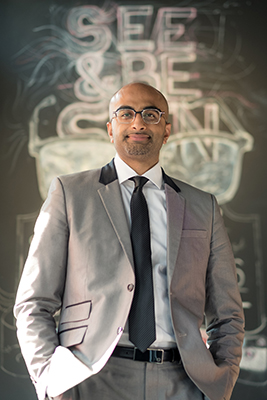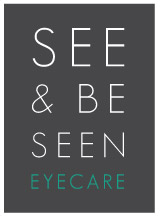When it comes to our vision, there are a lot of issues that can alter our clarity of sight. Myopia and hyperopia are 2 distinct types of refractive errors—meaning your eye can’t focus on light properly, leading to blurry vision—that can significantly impact our daily lives and our children’s lives.
Myopia, or nearsightedness, occurs when objects far away appear blurry. Hyperopia is the reverse—farsightedness—when objects up close are hard to focus on.
Your eye doctor can help you or your child see clearly by prescribing glasses, contact lenses, or recommending refractive surgery.
Comparing Myopia & Hyperopia
A Closer Look at Myopia
Myopia is an increasingly common condition, particularly among children and young adults. Myopia causes the focal point of light to fall short of the retinal surface, causing distant objects to appear blurry.
Common symptoms include:
- Eye strain
- Headaches
- Difficulty seeing distant objects like road signs or the classroom board
Researchers have seen a noticeable rise in myopia, particularly in urban settings, where the prevalence can be as high as 80–90% by the time young adults are leaving secondary school.
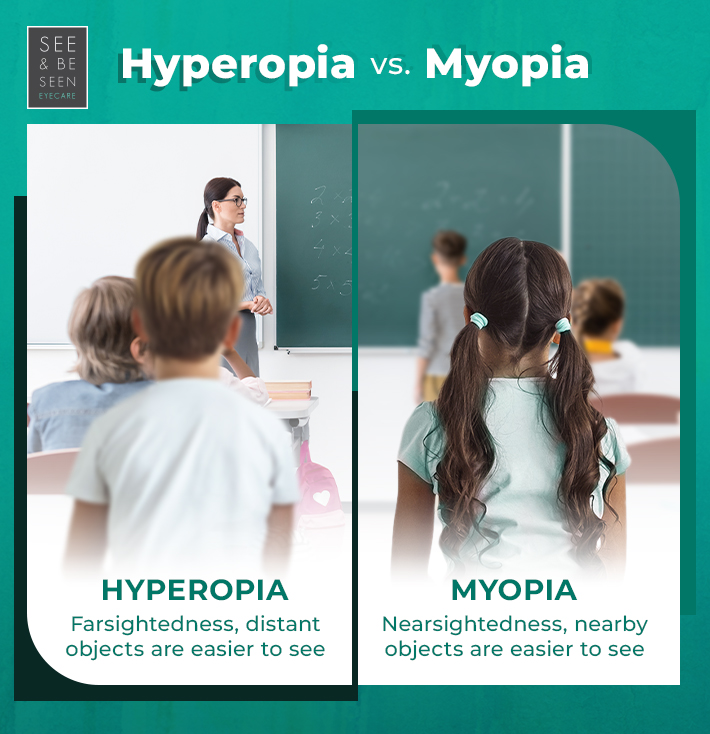
The Bigger Picture of Hyperopia
Hyperopia is the flip side of myopia—close objects are difficult to see, and distant vision may be clearer.
Hyperopia can cause symptoms like eye strain and headaches, especially after tasks that require close focus, such as reading. While it’s normal for the eye to change shape and lose some focusing ability with age, hyperopia can exacerbate these changes, leading to discomfort and a need for corrective lenses. Hyperopia is often present at birth and may lessen as the eye grows, although this can vary.
What’s the Cause?
Genetics affect the development of both myopia and hyperopia–if one or both parents have myopia, children are more likely to develop the condition.
Hyperopia is more common among infants and young children, but it can decrease as the eye develops. Environmental factors in childhood also play a developing role in myopia, with extensive time spent indoors and on close-up activities being contributing factors.
What About Astigmatism?
Astigmatism is another refractive error that can be present in either myopic or hyperopic eyes. Astigmatism is an imperfection in the curvature of the eye’s cornea or lens, causing blurry vision at all distances. It occurs when the cornea or lens has an unusual shape, making light bend differently as it enters the eye.
You or your child could have astigmatism with myopia or hyperopia (or both!) to varying degrees of severity. Astigmatism is classified as either corneal or lenticular, regular or irregular. A comprehensive eye exam can distinguish between the types to allow for treatment for you or your child.
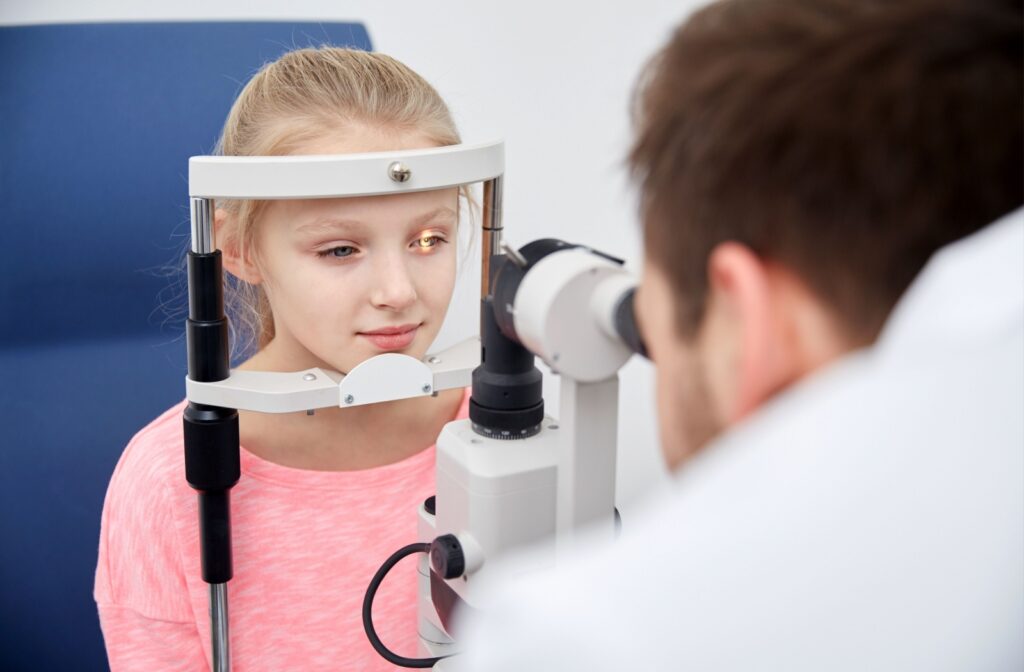
How Does Myopia & Hyperopia Affect Kids?
Both myopia and hyperopia can affect your child’s abilities in school. Beyond the common symptoms of eye strain, headaches, and blurry vision, children with myopic or hyperopic eyes can be at risk for eye misalignment, lazy eye, or other serious vision problems.
Additionally, children’s vision issues can sometimes be mistaken for learning disabilities, like ADHD or dyslexia, leading to educational delays. 88% of Canadian adults with vision issues reported that their sight directly impacted their education.
Signs of Refractive Errors
Your child may be experiencing vision trouble and may not be able to articulate it.
Signs of potential vision problems in children include:
- Excessive blinking
- Eye rubbing
- Difficulty concentrating
- Head tilting
It’s best to schedule an appointment with your eye doctor regularly to be proactive about safeguarding your child’s vision.
What Can I Do About It?
We are passionate about seeing clearly at See & Be Seen Eyecare. The right treatment isn’t a one-size-fits-all solution when considering how to address myopia or hyperopia.
It’s crucial to consider factors such:
- Lifestyle
- Occupation
- Age
- The severity of the condition
Corrective Lenses
Glasses or contact lenses remain the most common way to correct blurry vision caused by myopia and hyperopia. They help redirect light to the retina’s focal point, providing clear vision. Advances in lens technology have resulted in thinner, lighter, and more comfortable options better suited to your lifestyle.
Refractive Surgery
For adults looking for a more permanent solution, refractive surgeries like LASIK or PRK can reshape the cornea to improve vision. These procedures are highly effective and offer a quick recovery time.
How Regular Eye Exams Can Help
Our vision shapes our perceptions, experiences, and quality of life.
At See & Be Seen Eyecare, we are with you every step—from the eye exam to finding the right eyewear for your lifestyle. Regular eye exams, early intervention, and a proactive approach to treatment are key elements in maintaining the gift of sight, and the first step begins with knowledge.
Visit us online or book an appointment to learn how we can help you see clearly.

